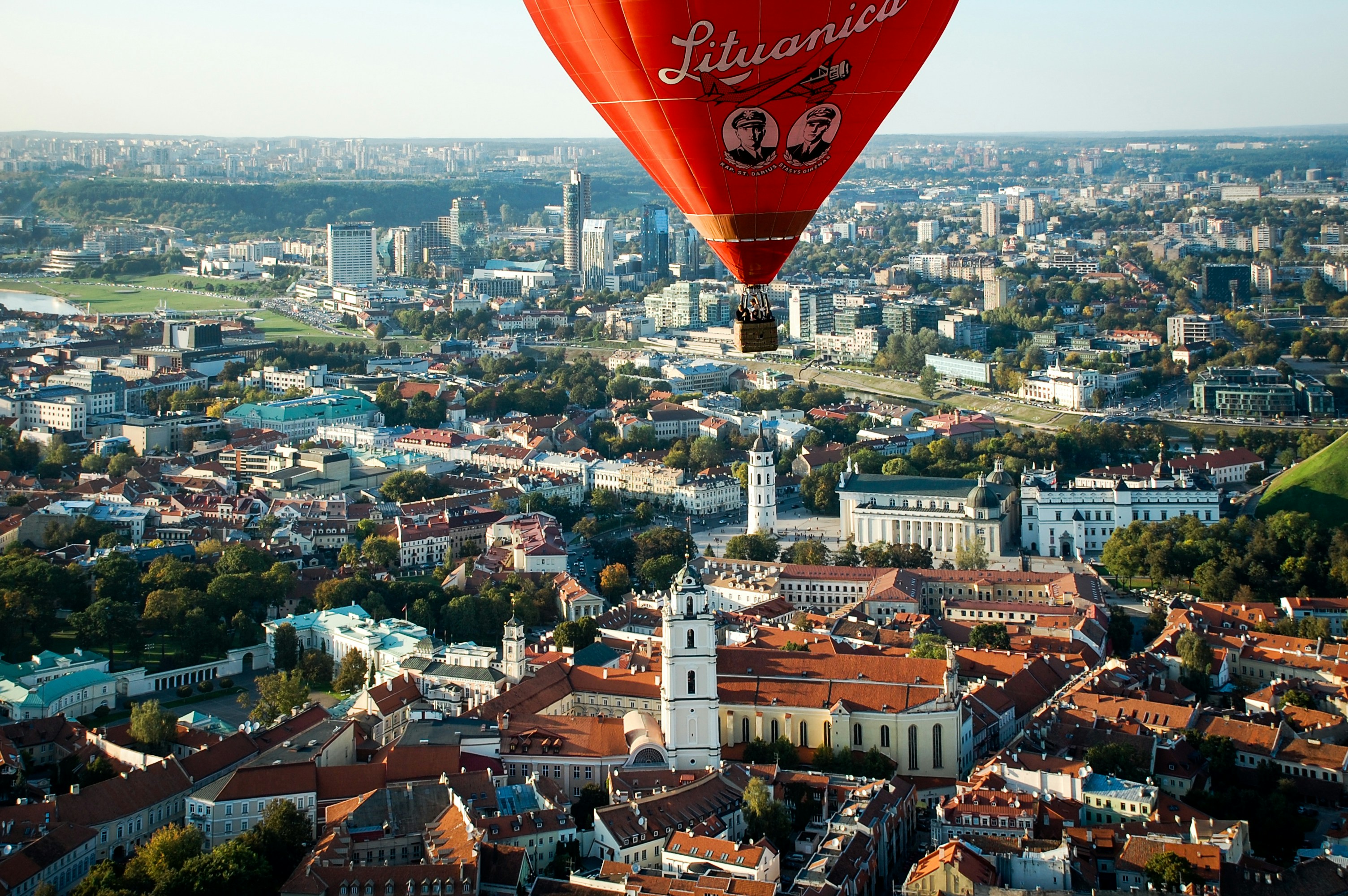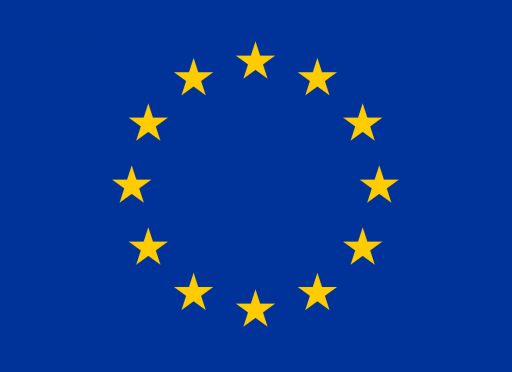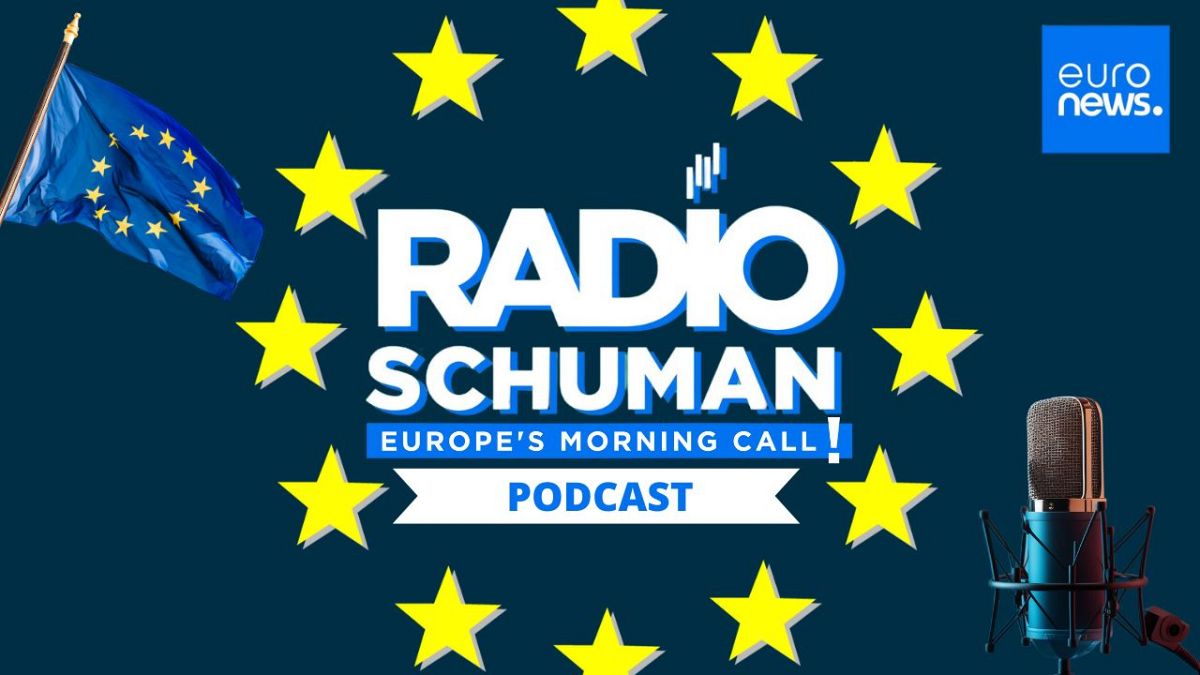Momentum, not membership: Three ways the EU can engage with Indo-Pacific trade
Reading time: 5 minutes
Some two decades ago, the EU's trade with Asia's emerging markets was more than twice that of China's. Today, China's trade volume is nearly four times the EU's. This reversal reflects not only Beijing's increased influence, but also Europe's relative retreat from a region that is fast becoming one of the world's key economic centres of gravity. Despite launching its Indo-Pacific strategy in 2021, the EU has struggled to turn intention into consistent presence. Successive global shocks have pushed the Indo-Pacific down the EU's list of key priorities. Meanwhile, the region has deepened its integration through frameworks like the Regional Comprehensive Economic Partnership (RCEP), the Indo-Pacific Economic Framework for Prosperity (IPEF), and the Comprehensive and Progressive Agreement for Trans-Pacific Partnership (CPTPP), from which the EU remains notably absent. To be fair, the EU is not standing still. Parts of its €300 billion Global Gateway and €17 billion European Peace Facility are earmarked for Indo-Pacific initiatives. And there are a host of EU programmes focused on maritime commons and security issues. But the scale and coherence of these efforts still fall short of regional aspirations.
The CPTPP comprising twelve members and representing roughly 15% of global GDP, has emerged as a key trade and rule-setting platform in the Indo-Pacific. The UK's accession in 2023 reinforced the sense that the CPTPP is no longer just a Pacific Rim pact. While the EU is not a member, it already has trade agreements with nine CPTPP signatories offering a strong foundation for engagement. For the EU, engaging with the CPTPP could help operationalise its aim to 'friend-shore' supply chains and reduce strategic dependencies, particularly in the absence of a strong US presence. With Washington's future role uncertain, several CPTPP members are seeking to preserve the pact's high standards by diversifying their partnerships. While this opens the door for Brussels, full EU accession is unlikely in the short term. The EU-Mercosur experience has shown how internal divisions can stall even long-negotiated deals. But engagement does not have to be all or nothing.
The CPTPP includes provisions on digital trade, e-commerce, and data flows which are areas where the EU has clear regulatory strength. Its Digital Services Act and Digital Markets Act are already setting global standards, while its recent digital partnerships with Japan and Singapore could offer templates for broader regional cooperation. These frameworks prioritise data governance, privacy protection and AI regulation; all of which are increasingly relevant to CPTPP economies seeking to strengthen their own rules-based digital environments.
Successive global shocks have pushed the Indo-Pacific down the EU's list of key priorities.
The recent signing of the EU-Singapore Digital Trade Agreement deepens cooperation and lays the groundwork for structured engagement with CPTPP members on digital issues. This could include launching a structured digital dialogue between the EU and CPTPP members, exploring observer status on CPTPP working groups, or signing memoranda of understanding focused on regulatory interoperability. These steps would allow the EU to engage substantively without requiring full harmonisation or membership.
The CPTPP is increasingly seen not just as a trade pact, but as a platform for managing interdependence and de-risking supply chains. Several CPTPP members, while deeply tied to China economically, are actively seeking to diversify their partnerships and reduce overexposure to a single dominant player. The CPTPP offers a collective avenue for doing so. Beijing formally submitted its application to join the CPTPP in 2021, reflecting its desire to influence the region’s trade architecture, but the bid remains under review amid concerns over China’s ability to meet the pact’s high standards. This has coincided with waning momentum behind the Beijing-backed RCEP, in part due to diluted standards designed to accommodate India (which ultimately declined to join). In contrast, the CPTPP has emerged as the agreement of choice for countries seeking high-standard, rules-based economic integration.
In this context, the CPTPP serves as a mechanism for maintaining autonomy and diffusing risk. Here, the EU's involvement could support the region's efforts to preserve decision-making latitude and uphold high standards. By aligning selectively with the CPTPP, the EU would be helping to preserve a liberal, rules-based economic order at a time when both the US and China are pulling in different directions. For Indo-Pacific partners seeking alternatives, a more engaged EU could be an anchor of predictability.
The CPTPP's thirty chapters cover a host of areas from governance to labour rights to environmental sustainability and competitiveness. These are domains where the EU's experience and political capital can also add value. For example, the EU's business conduct frameworks could complement CPTPP provisions on responsible business conduct, if adapted with sensitivity to regional contexts. EU rules on foreign subsidies and anti-competitive practices could also help reinforce CPTPP chapters aimed at levelling the playing field, especially in light of growing concern among CPTPP members over market distortions linked to Chinese state-owned enterprises. Shared interest in curbing unfair competition, preventing dumping, and protecting regulatory integrity creates space for deeper cooperation.
Crucially, the CPTPP is a 'living agreement' designed to evolve over time. By contributing technical expertise in areas like sustainability, digital standards and economic security, the EU could secure an informal yet consequential role in shaping future iterations of the agreement.
The Indo-Pacific is becoming one of the world's primary arenas for economic rule-setting and managing strategic competition. For the EU, the question is not whether to join the CPTPP tomorrow, but whether to remain on the sidelines or help shape frameworks that align with its interests and values. The EU does not need to do everything. But it must do enough to remain a credible, constructive actor in a region that is actively defining the future of global trade. Thoughtful, targeted engagement with the CPTPP beginning with focused cooperation and trust-based partnerships offers a practical, high-value path towards that goal.












